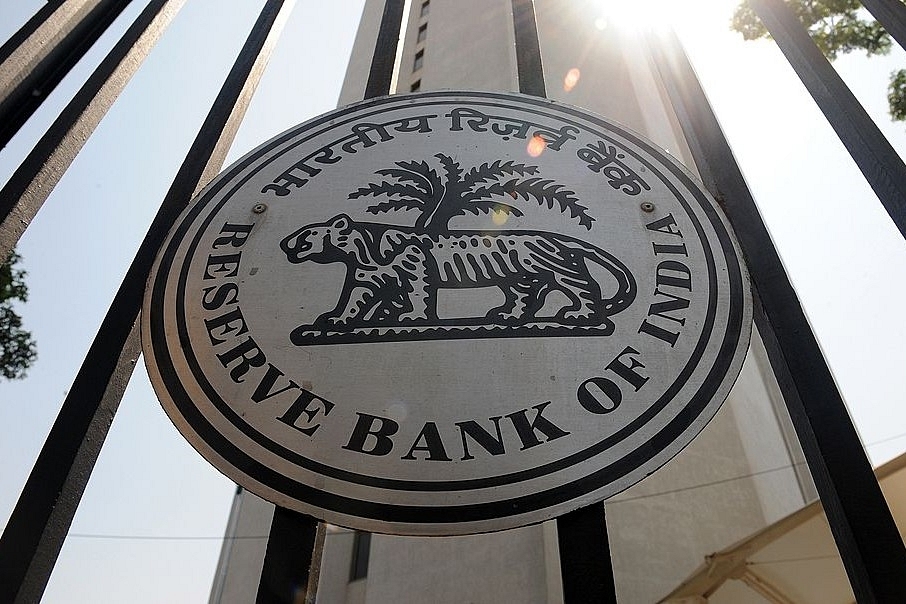
Forget MPC, RBI: Banks Will Cut Rates Only If Recap Funds Are Enough And Small Savings Wound Down
To improve rate transmission, the NSSF must be wound down, and banks recapitalised quickly in this financial year.
MPC and RBI cannot do this on their own.
The Monetary Policy Committee (MPC) has been one of the biggest disappointments in recent years. For several reasons. First, it took the committee two years and four months to correct a mistake it made in February 2017, when it shifted the stance of policy from 'accommodative' to 'neutral’. It has only now been shifted back to accommodative.
Next, it has consistently been behind the curve on monetary easing despite persistent low inflation, and even now is cutting rates only in homoeopathic doses – with little real beneficial impact on borrowers. Worse, it has simply failed to ensure monetary transmission. Even the cuts made have not been delivered to borrowers in equal measure.
This admission comes directly from the 6 June statement of the Reserve Bank of India (RBI) Governor, Shaktikanta Das, who said that “Transmission of the cumulative reduction of 50 bps (100 basis points equal 1 per cent) in the policy repo rate in February and April 2019 was 21 bps to the weighted average lending rate (WALR) on fresh rupee loans.” In short, less than half the rate cuts have been passed on.
If the RBI and MPC can’t do it, clearly the onus of rate transmission is on the government, and the fiscal tools it commands. Transmission will happen when the fiscal side is used to ensure this.
The question is: why are banks reluctant to cut rates? There are three reasons for this. One, they can cut loan rates only if deposit rates fall, but that is not happening soon enough. Two, they may be willing to take bigger risks with fresh loans only if they are capitalised well, for without this cushion, their tendency will be to conserve capital and retain interest rate spreads to the extent possible. Three, their overall bad loans portfolio has to come down to levels at which they will risk expanding their balance-sheets again.
This means speeding up the resolution of bad loans, and this implies that the Insolvency and Bankruptcy Code (IBC) processes need to be accelerated, possibly with legislative changes. It makes no sense to have an Essar Steel resolution dragging on for two years, when the final agreed price keeps falling in real terms due to inflation-adjustment. In particular, the National Company Law Appellate Tribunal (NCLAT) should not be allowed to subvert the IBC law by insisting on drawing its own conclusions on how the resolution money is to be divided between secured financial creditors and operational creditors. The law is clear on this, and needs to cut down the power of the NCLAT to modify it.
While changes in the IBC law to make resolutions quicker need no further explanation, the other two reasons for non-transmission of rate cuts – deposit rates, and capital infusions – need some elaboration.
The second point is also simple: if bank recapitalisation is speeded up, banks will be more eager to resume normal risk-taking. If some spare cash – say Rs 1-1.5 lakh crore – can be collected from the RBI’s excess capital, this money can be entirely used to recapitalise public sector banks and bring those in the PCA mode (prompt corrective action) out of their lending freeze. Whether through the injection of capital returned by the RBI, or through another massive dose of recap bonds, bank lending and rate cuts will happen only after large capital injections.
Which brings us to the most important point: deposit rate cuts. This can’t happen easily for two more reasons: one is the existence of higher small savings rates. Though these rates are occasionally lowered based on government bond yields, the current rates are simply too high.
For example, the Senior Citizen’s Savings Scheme pays 8.7 per cent, the Sukanya Samriddhi Account 8.5 per cent, and the public provident fund (PPF) 8 per cent. And then there is the 7.75 per cent government savings bond available on tap to all and sundry.
Put simply, 7.75-8.7 per cent is the effective floor on bank fixed deposits of longer tenures, and this makes it tough for banks to cut deposit rates.
Worse, from a purely economic perspective, it seems foolish for a government to be borrowing from the public in the range of 7.75 per cent to 8.7 per cent, when 10-year bond yields are now just over 7 per cent.
Since states no longer want to borrow costly money from the National Small Savings Fund (NSSF), the bulk of the small savings servicing burden falls on the central exchequer. According to the interim budget 2019-20, the government’s outstanding liabilities on account of the high-cost NSSF will rise 8 per cent this year to Rs 946,578 crore. It will cost over Rs 55,000 crore to service this borrowing.
The point one is driving at is clear: the government needs to start winding down the NSSF and any special interest rates payable to specific categories of depositors (senior citizens, girl children, etc) should be offered through direct subventions for bank deposit schemes. Thus, if senior citizens are to be given, say, 0.75 per cent more than normal (currently, banks themselves offer 0.25 per cent more), then this payment can be made directly out of budgetary resources to banks without running a Senior Citizen’s Savings Scheme out of post offices, which have their own inefficiencies adding to costs. With India Post now running a payments bank, this should be even easier to implement everywhere.
In one line, to improve rate transmission, the NSSF must be wound down, and banks recapitalised quickly in this financial year. MPC and RBI cannot do this on their own.